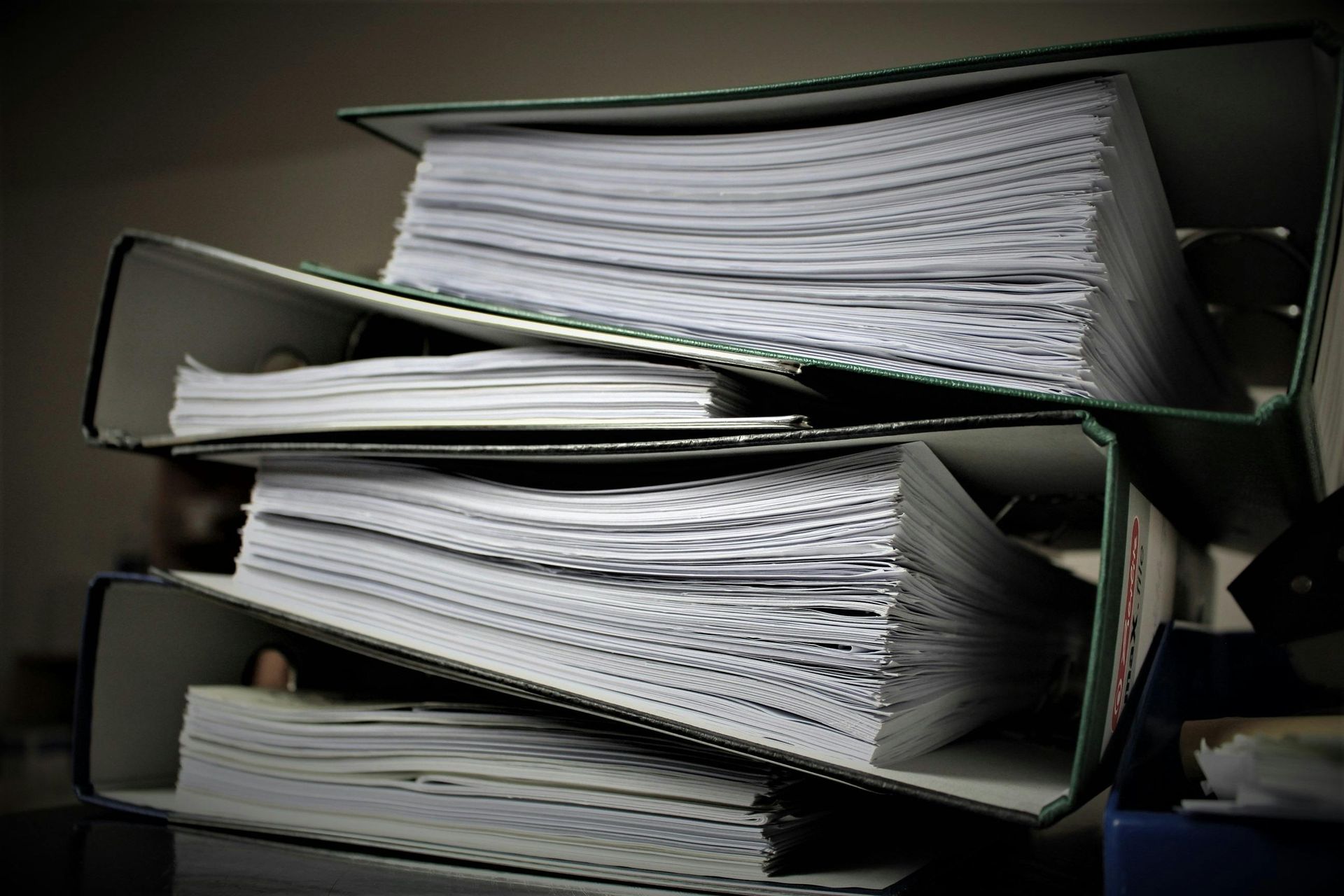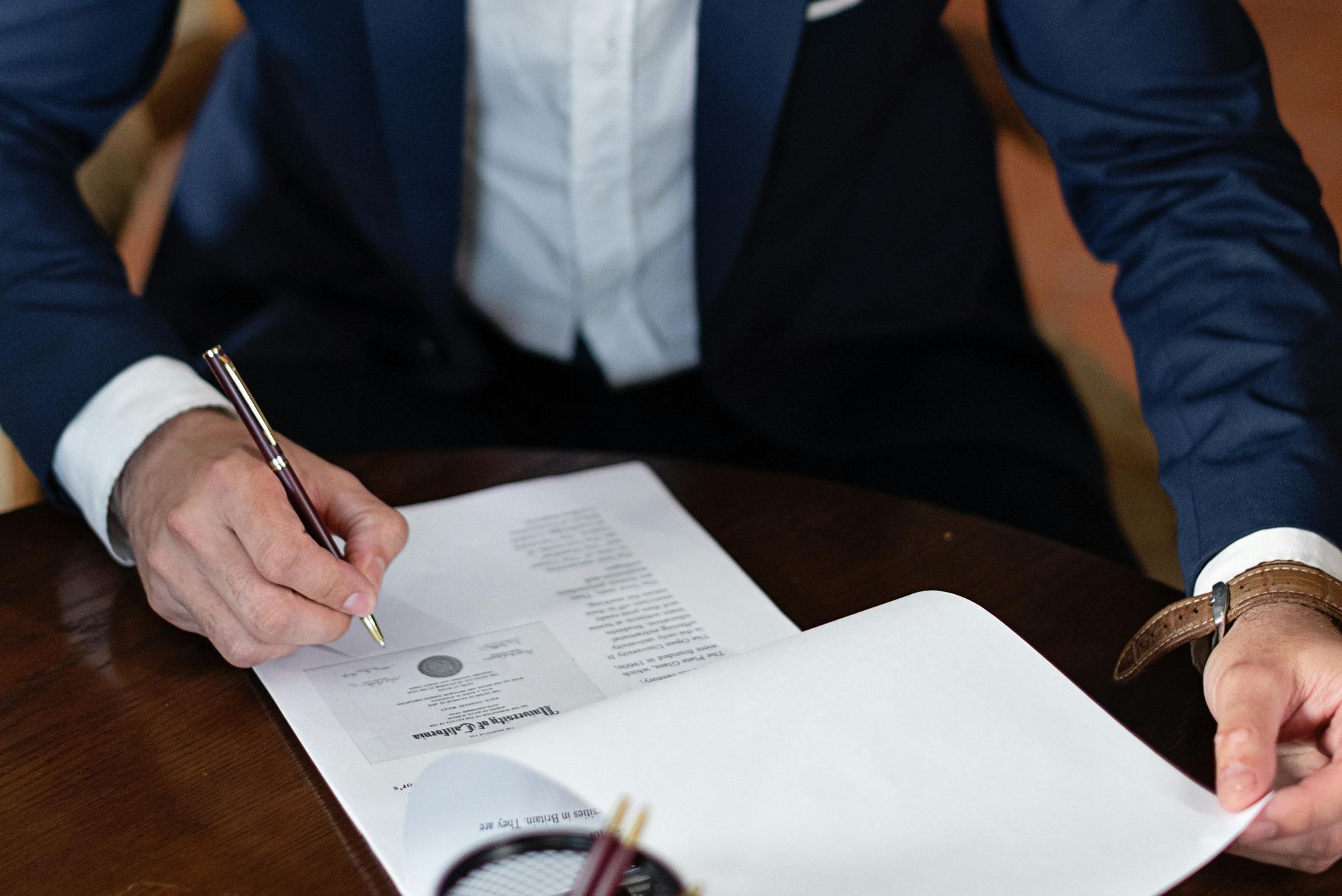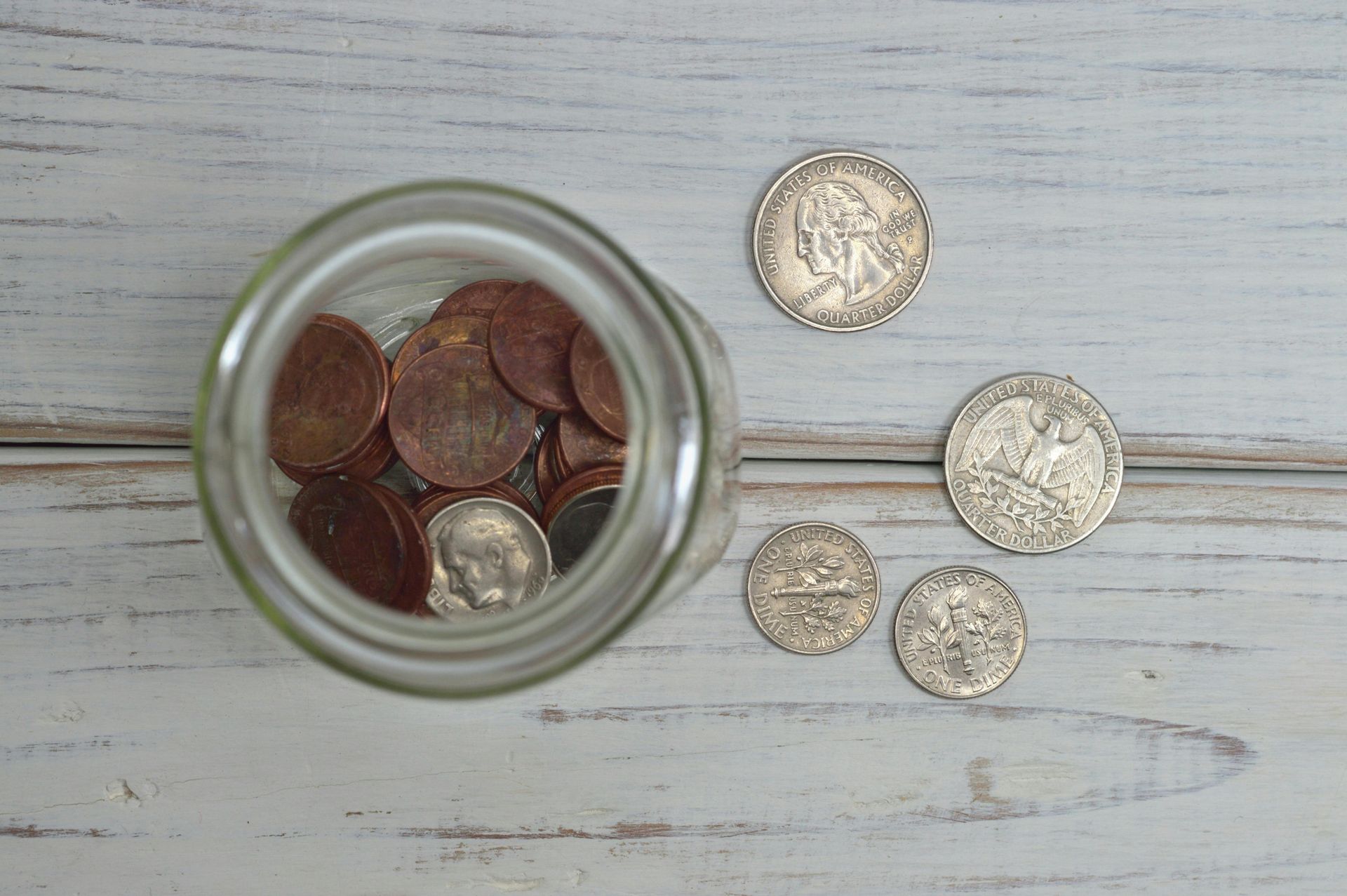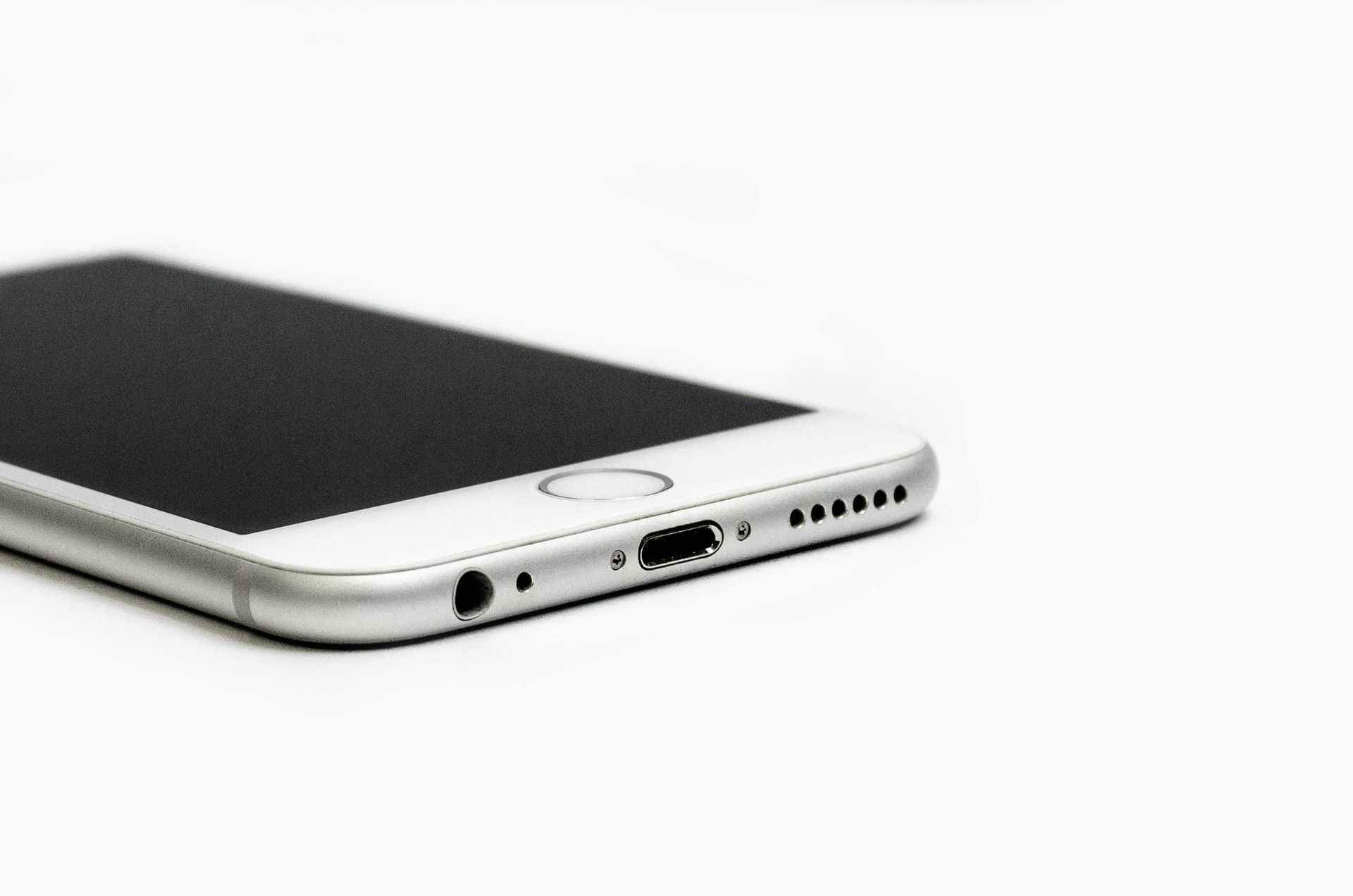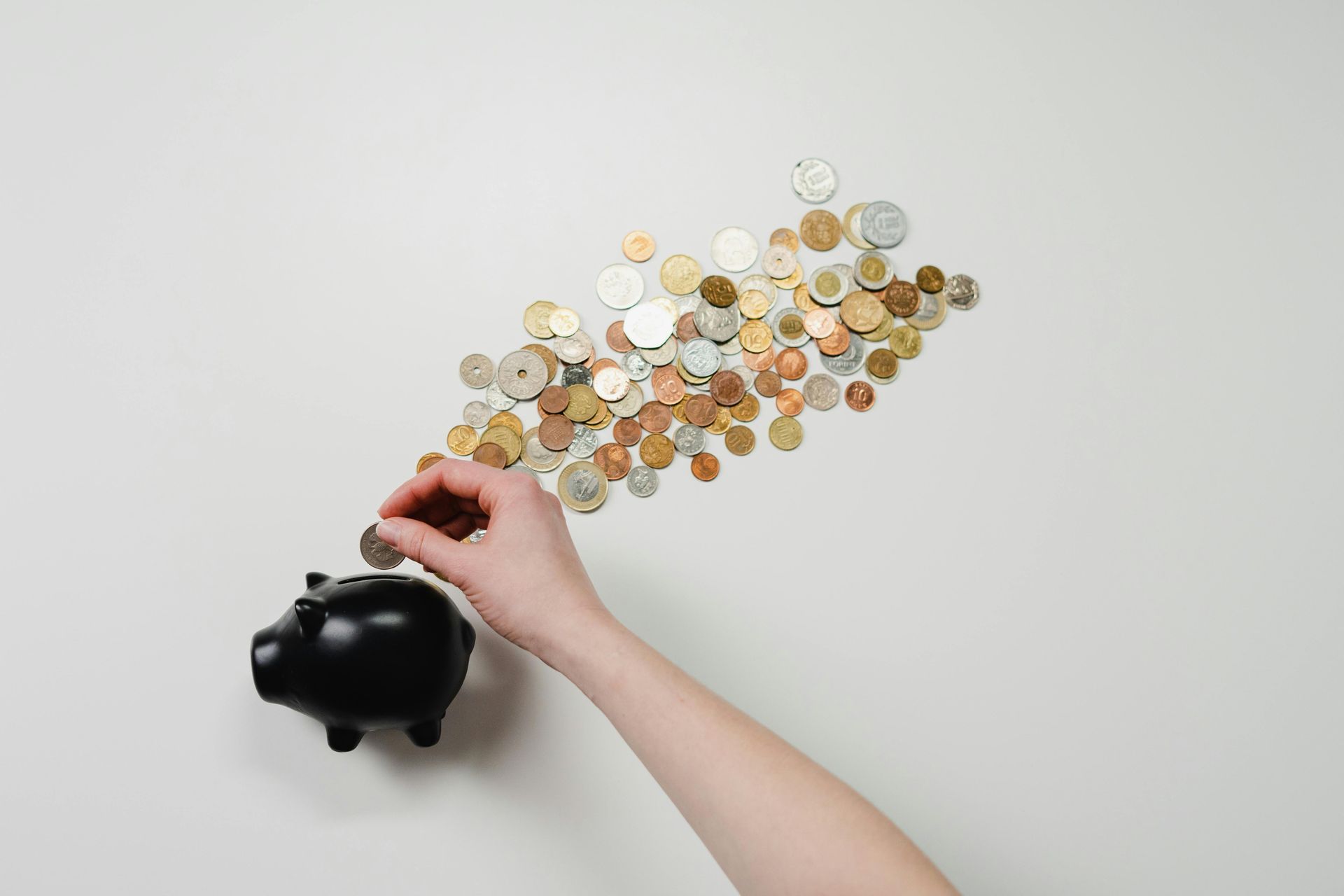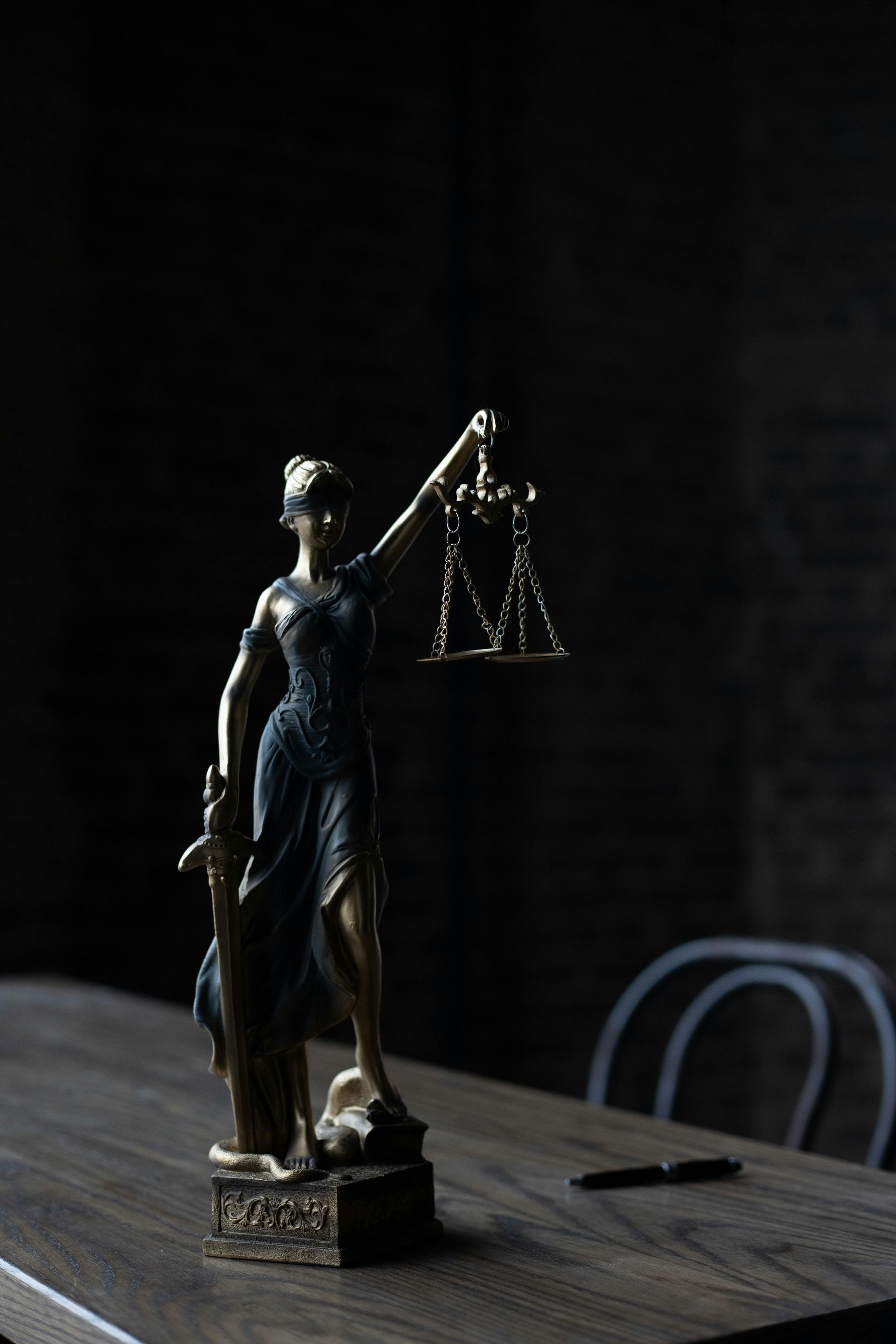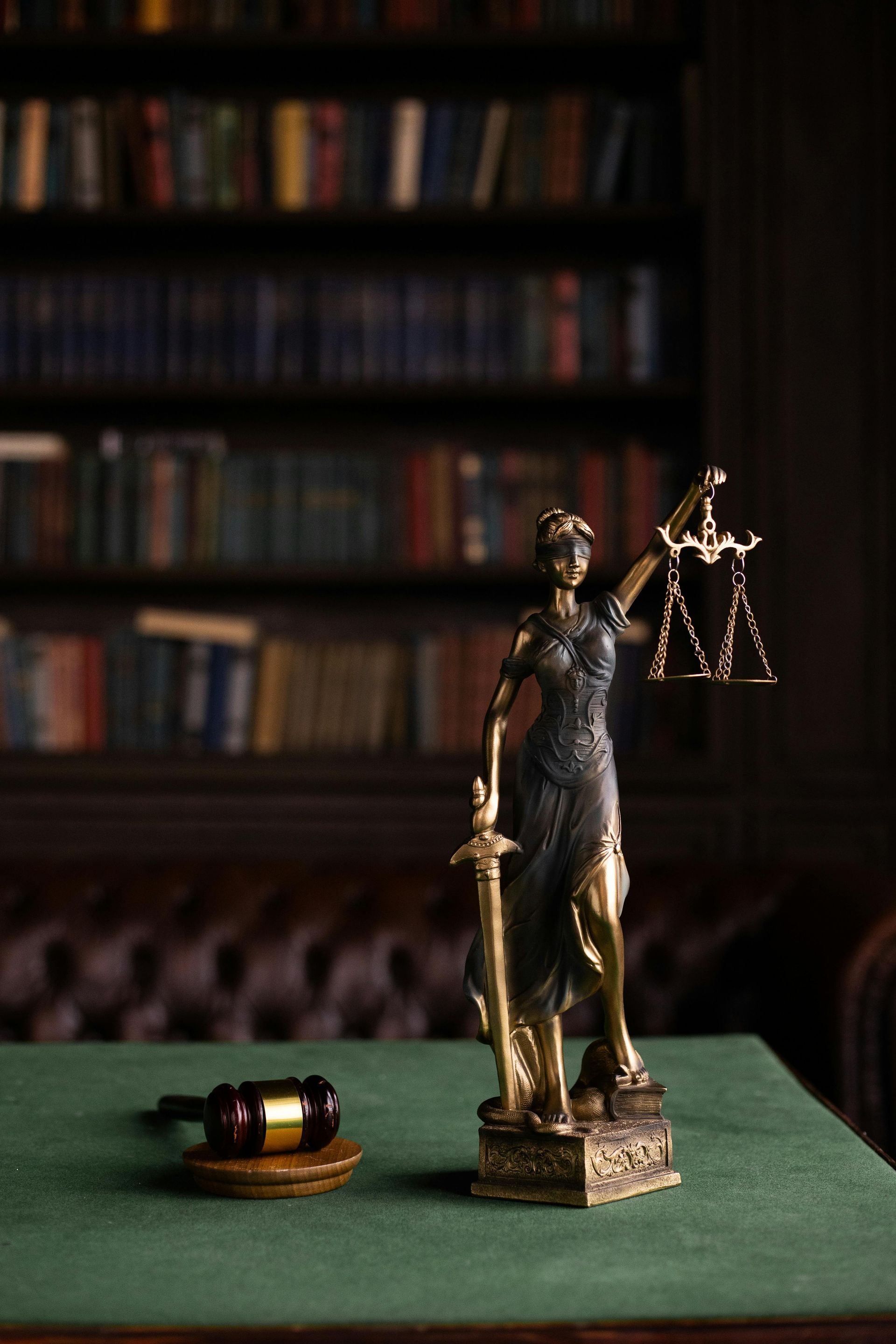What is a Bankruptcy Discharge?
 The main goal of bankruptcy is to get creditors to forgive outstanding debt or to put the borrower in the position to pay off the debt using a court-approved payment plan. Discharge of debt is the legal term referring to the borrower no longer being liable to pay a debt. When a debtor receives a discharge of debt and is no longer responsible, the creditor can no longer attempt to collect.
The main goal of bankruptcy is to get creditors to forgive outstanding debt or to put the borrower in the position to pay off the debt using a court-approved payment plan. Discharge of debt is the legal term referring to the borrower no longer being liable to pay a debt. When a debtor receives a discharge of debt and is no longer responsible, the creditor can no longer attempt to collect.
When Does a Bankruptcy Filer Receive a Discharge?
Bankruptcy petitioners who file Chapter 7 bankruptcy can expect to receive their discharge of debt approximately four months after the date their bankruptcy petition is filed. Chapter 13 bankruptcy filers usually receive their discharge of debt after all the payments under their bankruptcy court-approved plan have been made. Chapter 13 bankruptcy payment plans typically take 3-5 years.
What is Included in the Bankruptcy Discharge?
Debts that are eligible for discharge through bankruptcy and the amount of the debt discharged depends on what type of bankruptcy you file. In Chapter 7 bankruptcy cases, the bankruptcy trustee liquidates nonexempt assets and distributes the proceeds amongst the creditors. Most of the remaining debt is discharged. In Chapter 13 bankruptcy, filers enter a repayment plan (typically 3-5 years). Some or all of the debt is repaid during the bankruptcy court-approved payment plan. At the end of the period, if all payments were made, the remaining debt is discharged. Types of debt that are typically eligible for discharge include credit card debt, medical bills, financial obligations due to leases or contracts, personal loans, promissory notes, lawsuit judgments, etc. The discharge removes the filer’s liability for most debt, but some types of debt cannot be discharged.
What Debts are Not Eligible for Discharge?
While the majority of consumer debt is eligible for discharge, some types of liability are not eligible. Some common examples of debt that cannot be discharged include student loans, tax liens, past-due child support or alimony, debts obtained through fraudulent acts, and sometimes obligations for willful injury or wrongful death, etc. You should discuss dischargeability of debts with competent bankruptcy counsel before you file for bankruptcy.
What Happens After the Discharge of Debt ?
Once the discharge of debt is received, all debts included in the bankruptcy’s discharge are no longer enforceable. The bankruptcy filer is no longer responsible for paying the debts. Debt collectors and lenders can no longer attempt to collect payment on the discharged debt.
There is no shame in seeking a discharge of debt when unintended circumstances leave you struggling to care for your family. When you are out of choices and need help to release your family from the chains of debt, don’t hesitate to call Kenneth C. Rannick P.C., Tennessee, and Georgia bankruptcy attorney. We help good people through bad times.
The post What is a Bankruptcy Discharge? appeared first on Kenneth C. Rannick, P.C..


